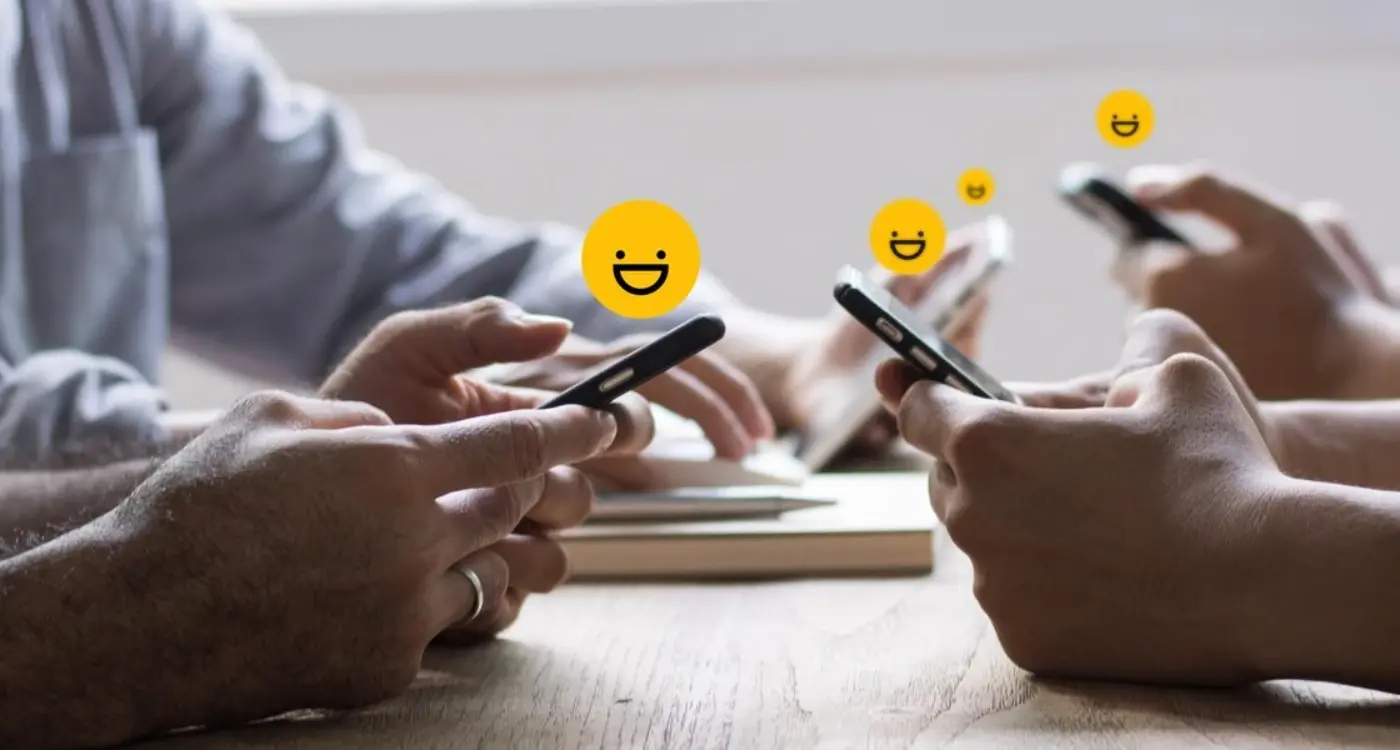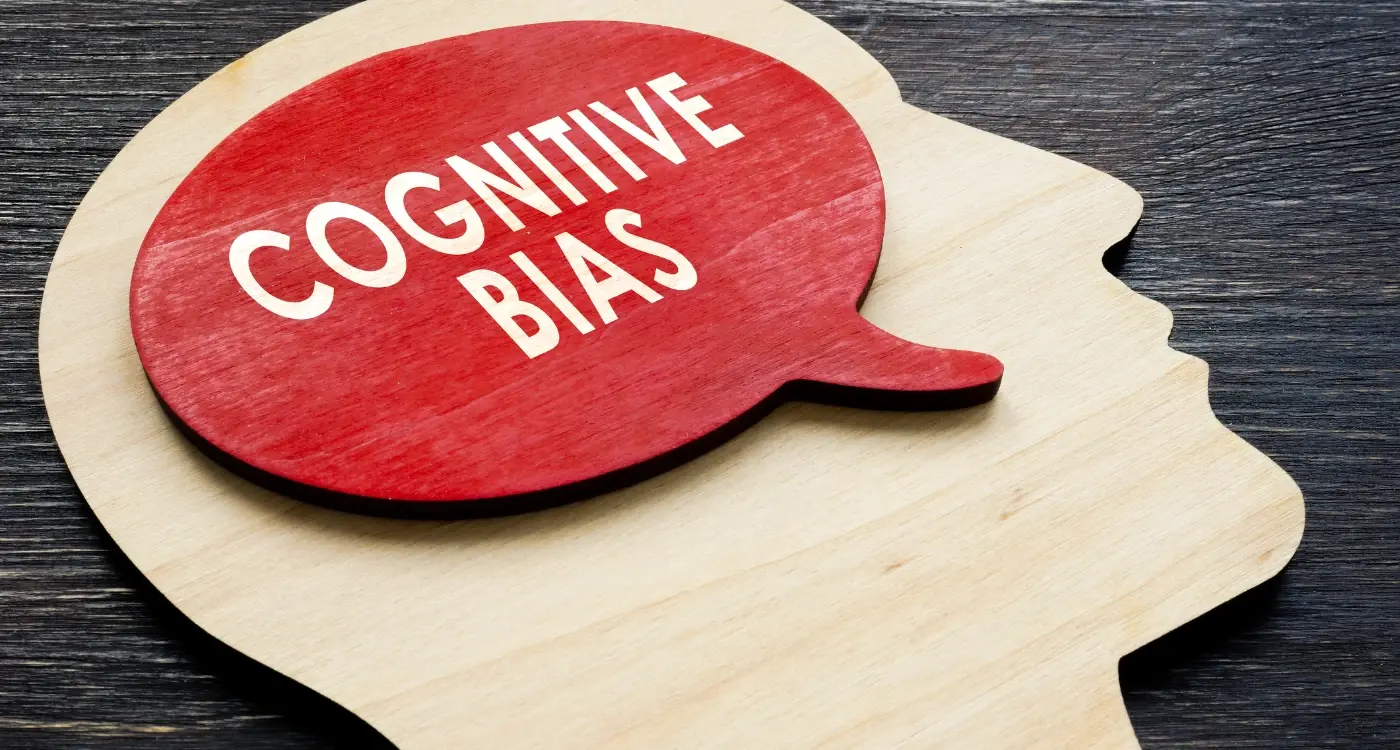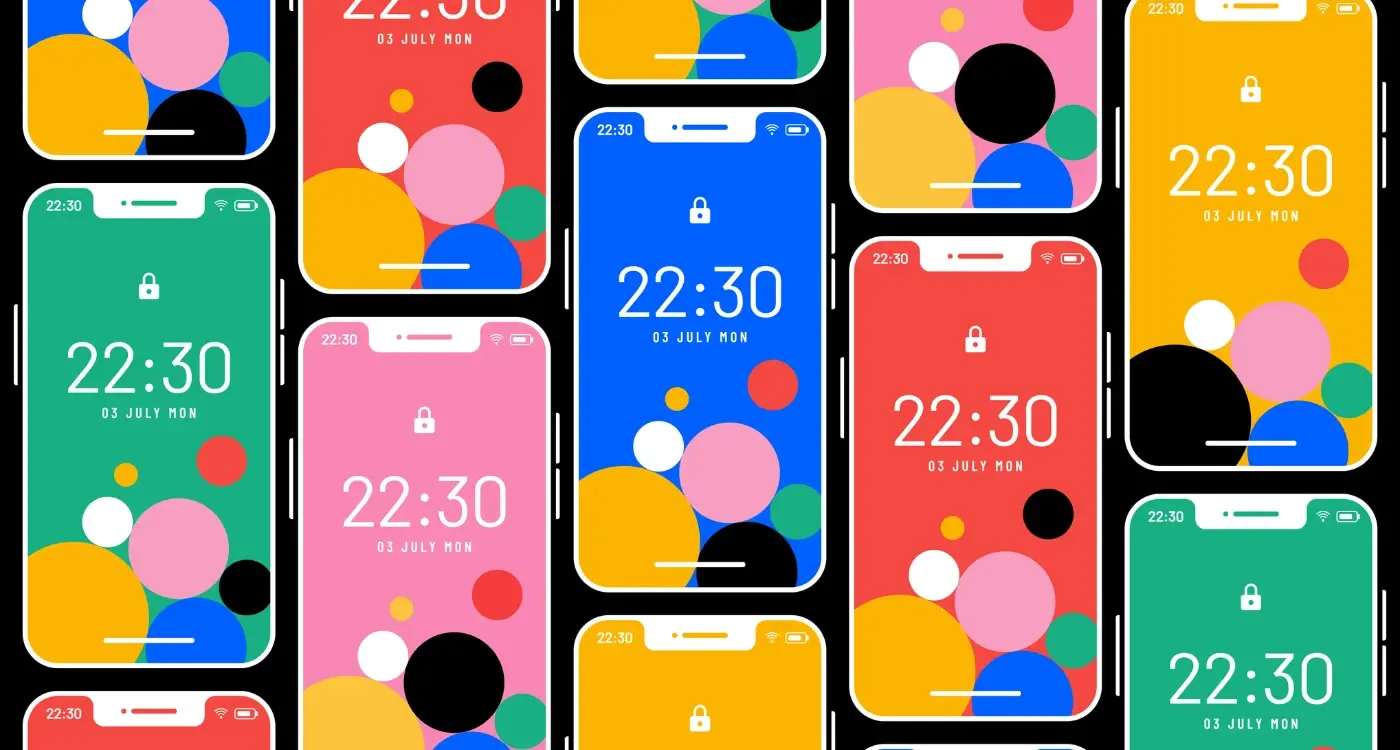How Do I Improve App Store Rankings Using Psychology?
I've been in the world of app store optimisation for a while now, and I'm always amazed by how many developers believe that simply having a decent app will lead to downloads. Don't get me wrong—having a great product is definitely important! But the real challenge lies in getting people to discover and download your App. With millions of apps in the stores, most folks make quick decisions based on just a few small screenshots and a brief description. It can be quite the adventure!
Here's what I've learned: App Store optimisation isn't just about keywords and technical tricks. It's about understanding how people think and feel when they're browsing for apps. Psychology plays a massive role in whether someone taps that download button or scrolls right past your app. We're talking about user behaviour, mental triggers, and the emotional connections that make people choose one app over another.
The best app store listings don't just describe features—they tap into what users really want and make them feel something
Throughout this guide, we'll explore how psychological principles can transform your app marketing strategy. From visual elements that catch the eye to social proof that builds trust, understanding app psychology will give you a real edge in those competitive app store rankings.
Understanding App Store Psychology and User Behaviour
After working with hundreds of apps over the years, I've noticed something fascinating—people don't really know why they download apps. Sure, they'll tell you they needed a fitness tracker or wanted to order food, but the real decision happens much faster than that. We're talking seconds, not minutes.
Your brain makes snap judgements about apps before you even realise it. When someone scrolls through the App Store, they're not carefully reading every description or studying each screenshot. They're scanning, feeling, and reacting. If something catches their eye, they might pause for a moment longer—but if it doesn't feel right immediately, they've already moved on.
The Six-Second Rule
Here's what I've learned from watching people browse app stores: you've got about six seconds to make an impression. That's it. In those six seconds, users are asking themselves three questions without even knowing it: Does this look trustworthy? Will this solve my problem? Is this worth my time? They're not consciously thinking these thoughts, but their brain is processing them anyway.
The Trust Factor
Trust plays a huge role in app downloads—probably bigger than most developers realise. People won't download something that feels dodgy, and they can sense that feeling instantly. High ratings, professional-looking icons, and clean screenshots all signal trustworthiness before anyone reads a single word of your description.
The Mental Triggers That Drive App Downloads
After working with hundreds of apps over the years, I've noticed something fascinating—people don't download apps logically. They download them emotionally first, then justify it with logic later. Understanding this quirk of human psychology can transform your app store optimisation strategy completely.
The Power of Instant Gratification
Users want to solve their problems right now, not tomorrow. When someone searches "fitness tracker" at 11pm, they're probably feeling guilty about skipping the gym again—and they want an immediate solution. Your app store listing needs to tap into that urgent feeling. Words like "instant," "immediate," and "now" work because they match the user's emotional state perfectly.
Fear of Missing Out (FOMO)
I've seen apps increase downloads by 40% just by adding phrases like "join millions of users" or "trending now." People hate feeling left behind; it's hardwired into us from our caveman days when being excluded from the group meant danger. When users see that others are already using your app successfully, their brain sends a signal: get this app or miss out.
Test urgency phrases in your app title and description. "Limited time" or "join now" can trigger immediate action—but don't overdo it or you'll sound desperate.
The beauty of app psychology lies in its simplicity. People download apps that make them feel something—safer, smarter, more connected, or simply entertained. Your job isn't to trick users; it's to understand what they really want and present your app as the perfect solution to their emotional needs.
Using Visual Psychology in App Store Screenshots and Icons
Your app icon is the first thing people see when browsing the app store—and you've got about three seconds to make them stop scrolling. That's not long! Over my years designing apps, I've watched countless brilliant apps get overlooked simply because their visual presentation didn't grab attention or worse, sent the wrong message entirely.
Making Your Icon Work Harder
The best app icons work like tiny billboards; they communicate what your app does without any text needed. Bright colours stand out better in search results, but they need to match your app's personality. A banking app using hot pink might confuse people, whilst a kids' game can get away with rainbow everything. Sharp, simple shapes work better than complex designs because icons appear small most of the time—think about how your icon looks when it's thumbnail-sized, not just full-screen.
Screenshots That Actually Convert
Your screenshots should tell a story, not just show random screens from your app. Start with your strongest feature first; people often don't scroll past the initial image. I always recommend showing the app in action rather than empty states—nobody wants to download an app that looks lifeless. Add some text overlays explaining key benefits, but keep them short and punchy. Most importantly, test different versions and see what actually gets more downloads, not just what looks prettiest to you.
Writing App Descriptions That Connect With User Emotions
I'll be honest with you—most app descriptions are absolutely terrible. They read like they were written by robots for robots, packed with features and technical jargon that nobody cares about. After years of working on app store optimisation projects, I've learnt that the best descriptions don't just list what your app does; they make people feel something.
Think about it this way: when someone's scrolling through the App Store, they're not really looking for another productivity app or fitness tracker. They're looking for a solution to a problem that's been bothering them. Maybe they feel overwhelmed by their messy schedule, or frustrated that they can't stick to their workout routine. Your app description needs to speak directly to those feelings.
Focus on Problems, Not Features
Instead of saying "Advanced task management with cloud synchronisation," try something like "Stop feeling scattered and overwhelmed by your endless to-do lists." The second version hits an emotional nerve—it acknowledges the user's frustration and positions your app as the relief they've been searching for.
The most powerful app descriptions don't sell features, they sell feelings—the feeling of being organised, confident, or in control
This approach to app psychology and user behaviour isn't just good copywriting; it's smart app marketing. When you connect with emotions first, the features become supporting evidence rather than the main story. People download apps to change how they feel, not to get more features.
Leveraging Social Proof and Ratings for Trust Building
I've watched thousands of app downloads happen over the years, and there's one thing that never fails to amaze me—people absolutely love following the crowd. Not in a sheep-like way, but because other people's experiences give us confidence. When someone sees your app has 10,000 five-star reviews, their brain instantly thinks "this must be good, all these people can't be wrong." That's social proof working its magic.
Why Reviews Matter More Than Features
Here's something that might surprise you: most people spend more time reading reviews than they do looking at your feature list. I know it sounds backwards, but think about it—features tell you what an app can do, but reviews tell you what it actually does for real people. They want to know if your meditation app really helps with sleep or if your fitness tracker genuinely motivates people to exercise more.
The Psychology Behind Star Ratings
Star ratings work because they're instant visual cues. Your brain processes them faster than text—a quick glance at 4.8 stars tells you everything you need to know before you've even read a single word. But here's the catch: getting those ratings requires asking at the right moment. Ask too early and users haven't experienced your app's value yet; ask too late and they've forgotten how good it made them feel when they first used it. Understanding how important app reviews and ratings are to your success is crucial for any developer serious about their rankings.
Timing and Positioning Psychology for Maximum App Store Impact
Here's something most people don't realise about app store optimisation—timing isn't just about when you launch your app. It's about understanding the psychological patterns of how users behave throughout the day, week, and even year. I've watched apps succeed simply because they understood when their target audience was most likely to browse and download.
Think about it: someone browsing apps at 9am on a Monday is in a completely different mindset than someone scrolling through the app store at 11pm on a Friday. The Monday morning user might be looking for productivity tools or educational apps, whilst the Friday night browser could be hunting for games or entertainment. This psychological shift affects everything from which keywords work best to how your app description should be written.
The Psychology of App Store Positioning
Your app's position in search results and category rankings creates an instant psychological impression. Users subconsciously associate higher rankings with quality and trustworthiness—it's called the halo effect. But here's where it gets interesting: you can influence this perception through strategic category selection and keyword positioning, even if you're not ranking number one yet.
Release updates and push marketing efforts during your target audience's peak app browsing hours. For business apps, this is typically Tuesday-Thursday mornings; for entertainment apps, try evening and weekend slots when people are relaxing and more open to trying something new. These effective marketing tactics can significantly boost your launch success.
Conclusion
After working with hundreds of apps over the years, one thing has become crystal clear to me—psychology isn't just some fancy marketing trick you sprinkle on top of your app store listing. It's the foundation that makes the difference between apps that disappear into the void and those that genuinely connect with people.
What I love about psychological principles is that they're not manipulative tactics (well, they don't have to be anyway). They're about understanding what makes people tick and giving them what they actually need. When you use visual cues that feel familiar, write descriptions that speak to real emotions, and build trust through genuine social proof, you're not tricking anyone—you're making their decision easier.
The best part? These techniques don't require a massive budget or complex technical knowledge. You can implement most of them with your next app store update. Whether it's adjusting your icon colours to trigger the right emotional response or restructuring your description to address user anxieties first, small changes often yield surprising results. Remember, what separates stellar apps from mediocre ones often comes down to these psychological details.
Psychology in app store optimisation works because it acknowledges a simple truth: people don't download apps with their logical minds alone. They download with their hearts, then justify with their heads. Give them both what they need, and you'll see the difference in your rankings.
Share this
Subscribe To Our Learning Centre
You May Also Like
These Related Guides

How Do App Ratings Create Trust in the App Store?

How Can Cognitive Biases Transform Your App Store Strategy?



